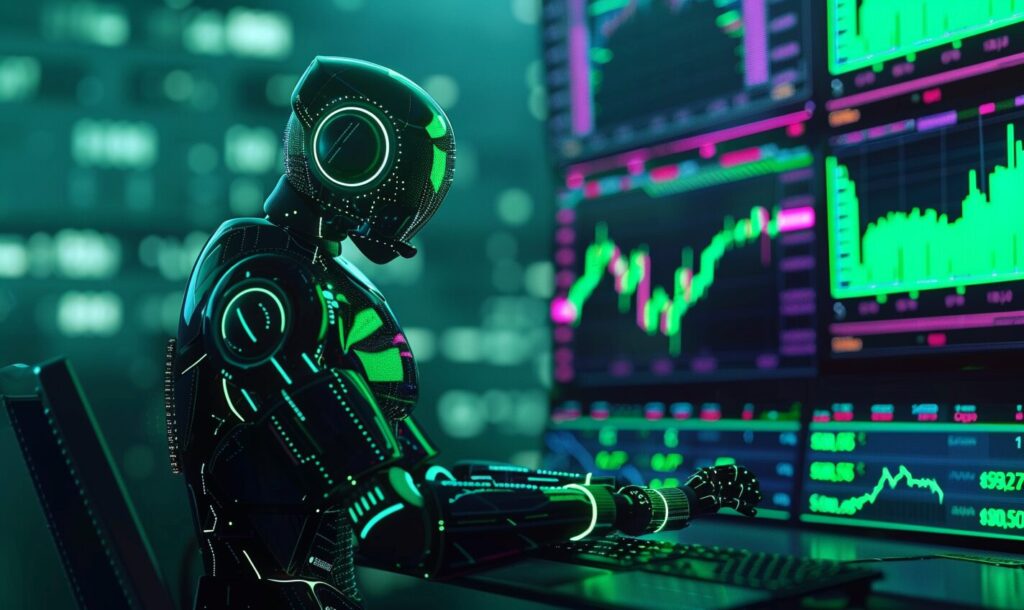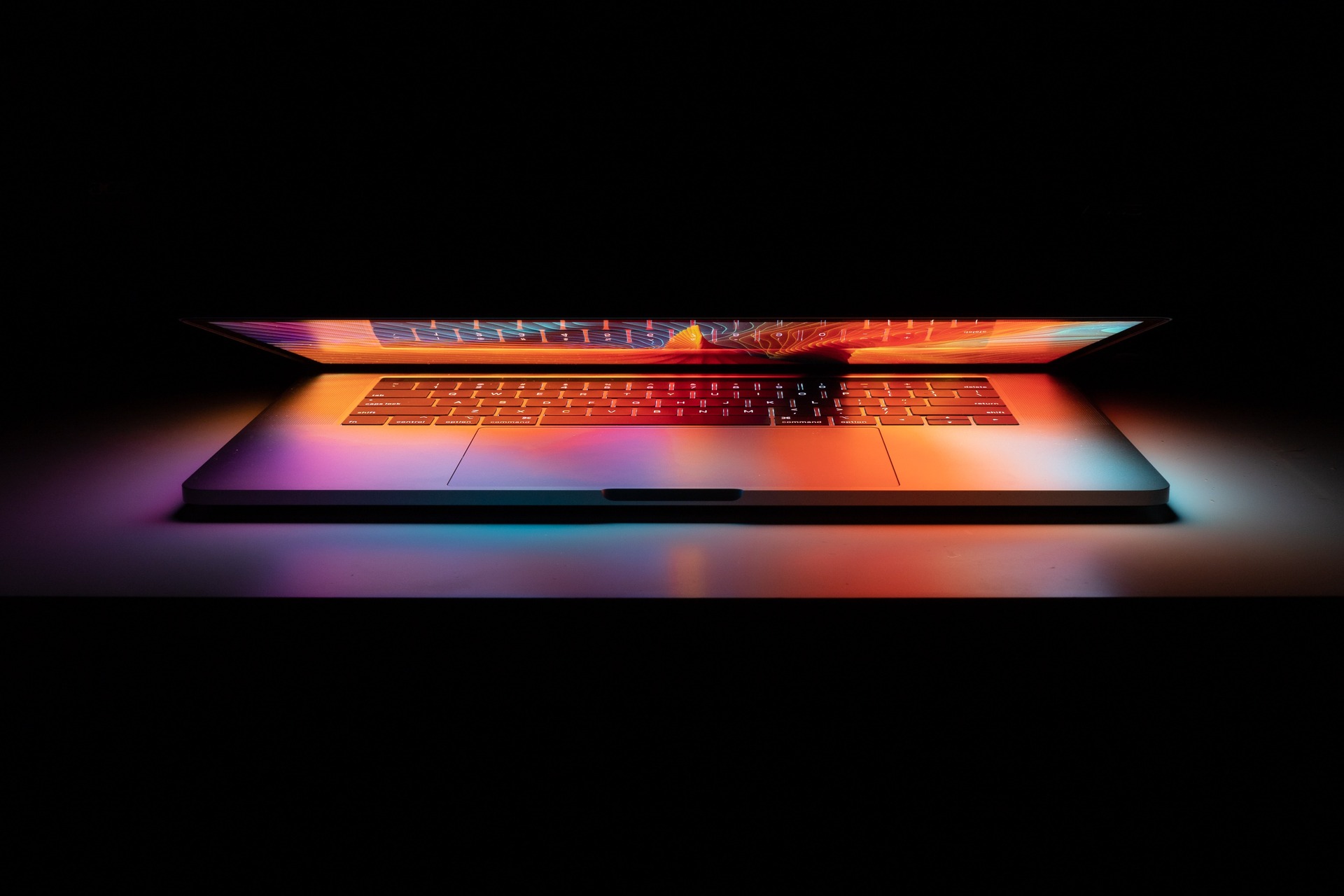This post is contributed by Mark Perry, Global Business Director at Cloudpick, the world’s renowned vendor of AI solutions for cashier-less stores, with deployments in over 160 stores in 11 different countries.
Artificial intelligence, or AI, has come leaps and bounds since 1952 when the first usable iteration released. Now, an ever-expanding range of AI and machine learning technologies are emerging almost daily. Although each of these technologies exists to create efficiencies and make daily rigmarole-laden tasks easier, it’s hard to imagine just how they might progress in the future.
To better understand this potential evolution, it’s important to realize where the industry and technology itself currently stand. This is because the current AI landscape is the foundation on which future AI applications will build.
Artificial Intelligence Today
While voice-powered personal assistants and smart home features may appear futuristic, AI and machine learning are still in their infancy. Today’s systems are advanced versions of software with extensive behavioral algorithms that adapt themselves to the likes and dislikes of users to become more efficient and predictive. While these machines aren’t becoming more intelligent in the same way humans do, they are improving their skills and usefulness based on perpetually-growing collections of data. Some common applications for this AI are:
- Retail
While Amazon Go! received a lot of attention as the first AI-powered store, a number of AI and machine learning companies have emerged that enable retail environments of any size to automate their brick-and-mortar stores. This type of AI helps business owners and customers alike by automating checkout, stocking and ordering procedures. - Transport
Once a staple of sci-fi films like Minority Report, many iterations of self-driving vehicles, from delivery bots to prototype passenger vehicles, have emerged which utilize sensors and GPS technology to transport goods from location A to location B efficiently and safely. - Industrial Safety
A report from OSHA.gov states that workplace injuries are the most common in industrial environments. As such, AI has found its place in these settings via a number of sensors that alert management and staff to potential hazards, whether traditional, such as spilled liquids or fallen debris, or ergonomics, including staff using tools incorrectly.
AI in the future
Although there are common fears that AI will inevitably be humanity’s downfall, this fear is overblown. The reality — at least in the coming decade — is that this technology will expand to make life much easier. As evidenced in the above examples, there are very few industries where AI doesn’t already have some kind of function. While some are only at the start of their journey, others have already made significant headway in implementing the technology. Despite this, both still have a long way to go.
In the next decade, AI and machine learning will have a significant impact in the following sectors:
Manufacturing
AI-powered robots will work alongside humans to perform an increasing range of tasks like assembly or stacking. Predictive analysis sensors on machinery will work to detect defects early and avoid hazards.
Customer Service
AI customer service assistants will become even more capable, with abilities to interact on a level close to that of a human.
Education
Early-stage virtual tutors will assist human instructors while utilizing facial analysis to gauge the emotions of students. This means the AI technology will be able to identify the students who are bored or otherwise struggling. That enables human tutors to better address their individual needs.
Healthcare
Existing technology will be built upon to ensure hospital and other healthcare setting infrastructure is well-maintained. Additionally, AI capabilities will assist doctors to quickly and accurately diagnose health issues, streamline drug discovery, and monitor patients. This will ensure any potential issues are tracked and alerted to as early as possible.
Transport
Although prototypes of self-driving cars and other vehicles already exist, this type of transportation will likely evolve to offer the public a transportation option that has a high level of reliability and safety, as well as a high level of efficiency.
While these are just a few examples, it’s clear to see that AI will have an increasing role in daily life, both in a personal and professional context. This is for the best, too, with human error being a major cause of disruption and injury in workplaces, on the road and in settings like healthcare and manufacturing. Although sci-fi movie tropes tend to frame AI as a potential catalyst for humanity’s downfall, in reality, it should serve as a source of hope for a more efficient, profitable and safer future.
Recent Stories
Follow Us On
Get the latest tech stories and news in seconds!
Sign up for our newsletter below to receive updates about technology trends














